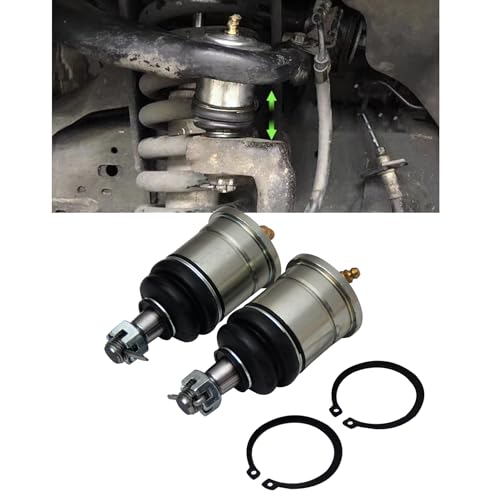I'd thought about it. We tow a 2.5T caravan and a couple of times we've tackled hills with a broken fan coupling (fluid coupling, viscous hub, whatever you feel like calling it). I've bought a replacement coupling and it's working, I'll rebuild the old one when I get some time.
The biggest issue with electric fans is not controlling them, but getting enough air moving and dealing with how many amps they draw. I've gone back to standard wattage headlight globes (I did have 90W IPF FatBoys in but they're a waste of money) but I've increased the wattage in my driving lights (100W -> 130W each) and I have a 120W light bar, so at night when towing the caravan I have the basic (say) 20A for the car, 40A for the fridge and 40A in lights. My alternator has to supply that 100A.
I've replaced my alternator and have a 130A unit but it only develops 130A at around 3500RPM. I like to cruise somewhere around 1800-2000rpm, so my amps budget is only just being met. Easy enough to tell - voltage is staying stable above 14V, if it falls to 13.7-13.8V the alternator is struggling.
If I had to add 35-40A for a fan I'd kill the alternator.
You might not tow at the moment, or have as much light now, but adding a 25A draw for a dual battery and a 40A draw for a 500W light bar will do similar things - and if you've changed to an electric fan, you'll find the alternator coming up short.
Finally, there's an efficiency actually gained by using the mechanical fan. Converting mechanical energy to electrical (alternator) has some losses involved (equates directly to wasted engine power). Converting electrical energy back to mechanical (electric fan) has more losses.
























